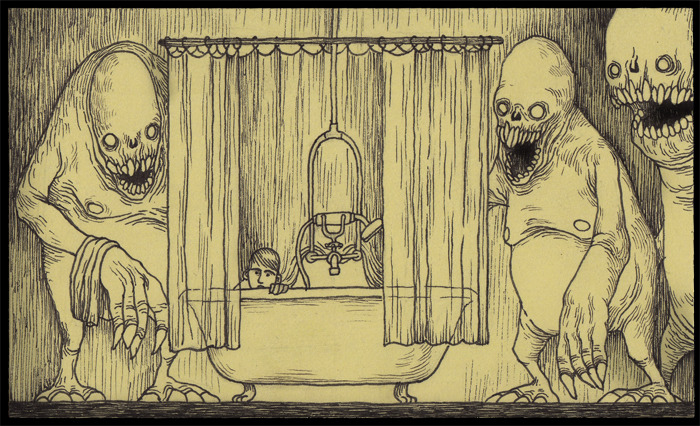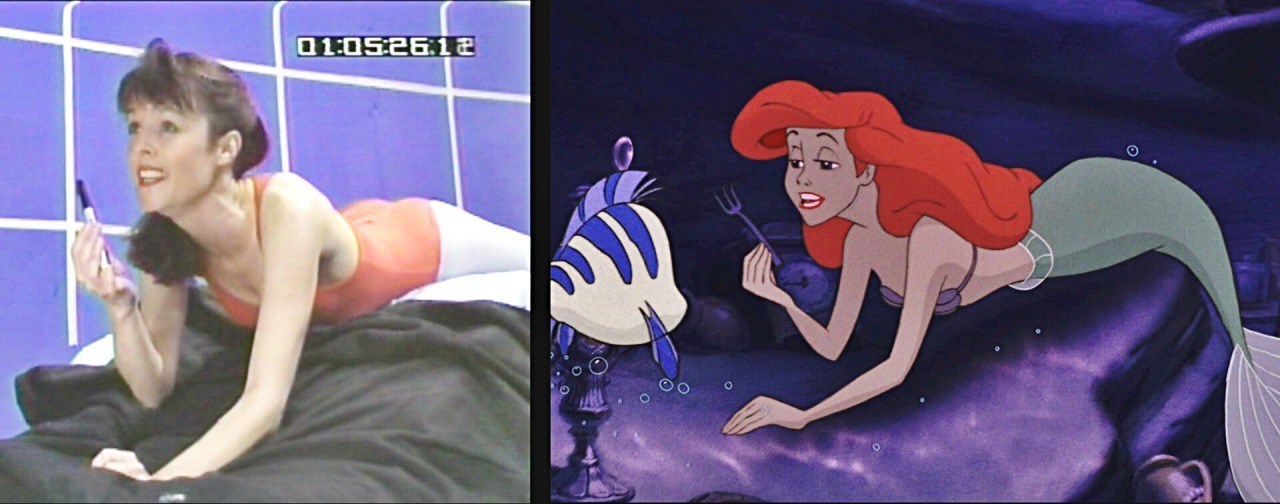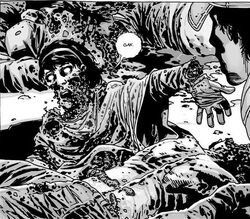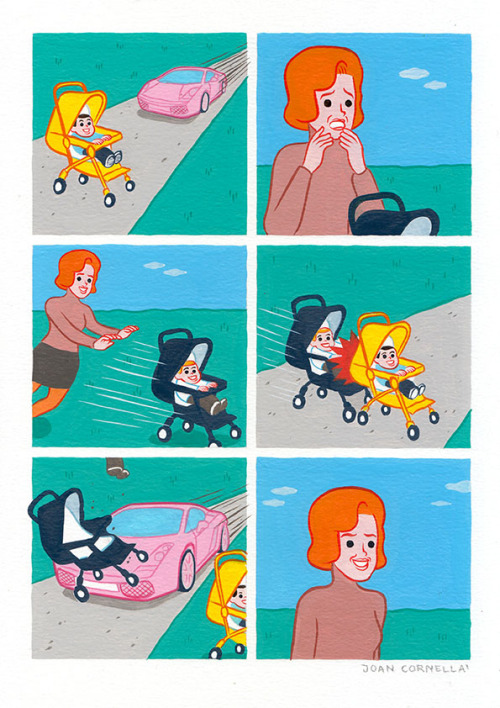When given the brief, I had the option to chose between creating Television Channel Idents, Opening Titles for a Tv show or an Advert for a Campaign.
I was mainly drawn to the first two briefs, because I feel as though they offer a lot more creative freedom and weren't as serious as the other two. I'm more drawn to themes that don't involve a lot of seriousness.

I created a mind map to conjure up ideas for the Idents brief. I considered target audience, themes and catchphrases of each channel to think of related words. I also considered how I would interpret the idents visually. For example, E4 would be great for creating idents because of the creative freedom that is allowed. National Geographic would be a good opportunity for me to develop my animal drawing skills, as I would gather images of various animals and animate them moving through a scene, with the National Geographic logo popping up at the end. Creating a Disney Junior Ident could be difficult, as there are a lot out there and the colour palette and imagery used is usually limited to the primary colours. Their Idents tend to be 3D, and I find using Maya difficult, and it would be hard for me to create an ident in the amount of time given, considering I have never used the software before. The Hallmark channel would be a strong one to do as the channel broadcasts a lot of reality tv. My idea was to create a silly idents of characters of different TV shows arguing.
After considering the various Idents I could create, I decided against going for this brief as I felt creating a title sequence for a book of my choice best suited me as my aim is to create a mixed media piece, mainly using ink and paint because I haven't experimented with this type of animation before.

Here I considered two books that I thought of initially. The first book I considered was High Fidelity, a book by Nick Hornby. The tone of the book is chatty and down to earth. I feel as though I would find it difficult to animate a title sequence because of the relaxed and believable vibe of the book. My aim is to create a titles sequence that is interesting and involved a lot of movement and animation and I feel as though I would get stuck creating a title sequence consisting of still frames and names that are typical of drama series. The book has already been adapted into a film, however, the book has a very British and witty sense of humour, and the film was Americanised and adjusted.
I also considered Filth by Irvine Welsh. I came to the conclusion that the excessive adult themes would be difficult for me to animate. However, the tapeworm in the protagonists brain is shown through '0's across the pages of the book, blocking our paragraphs to demonstrate his messed up state of mind. I felt as though this would be something interesting to animate across the screen, while names show. Filth has also been made into a feature film, that's a similar style to the book, that contains adult themes.
The last two books I considered are drastically different from each other. One is a toned down, chatty narrative about a teenage boy who likes skateboarding and manages to impregnate his girlfriend, with witty jokes and funny scenarios. Whilst the other, is a horror novel based around themes of murder, kidnapping and a bridge that transports people to different places.
Slam is based around a teenager that likes skateboarding and gets his girlfriend pregnant. The style of writing is chatty, similar to Nick Hornby's other book, High Fidelity, that I researched. However, the target audience is mostly teenagers and young adults, which could give me creative freedom to create a graphic style that involved key elements and themes from the book, such as pregnancy and skateboarding, as well as London, where it is set. I could research into Urban London, and extract an industrial atmosphere, and have graphics-style graffiti of sperms and skateboard appearing and moving on the walls of the city as the camera pans through.
NOS4R2 is a supernatural, horror novel that has various dark themes that centre around a child serial killer called Charles Manx, who kidnaps children and takes them to a dis-topian world that he calls "Christmas Land".
After considering and researching the books I wanted to do, I decided to choose NOS4R2. I feel as though this would be a strong book for me to create a mixed media piece for, because of the dark and vivid scenes that are described throughout.
My next step is to re-read NOS4R2 and pin point key images and scenes I want to create in my title sequence.

















































